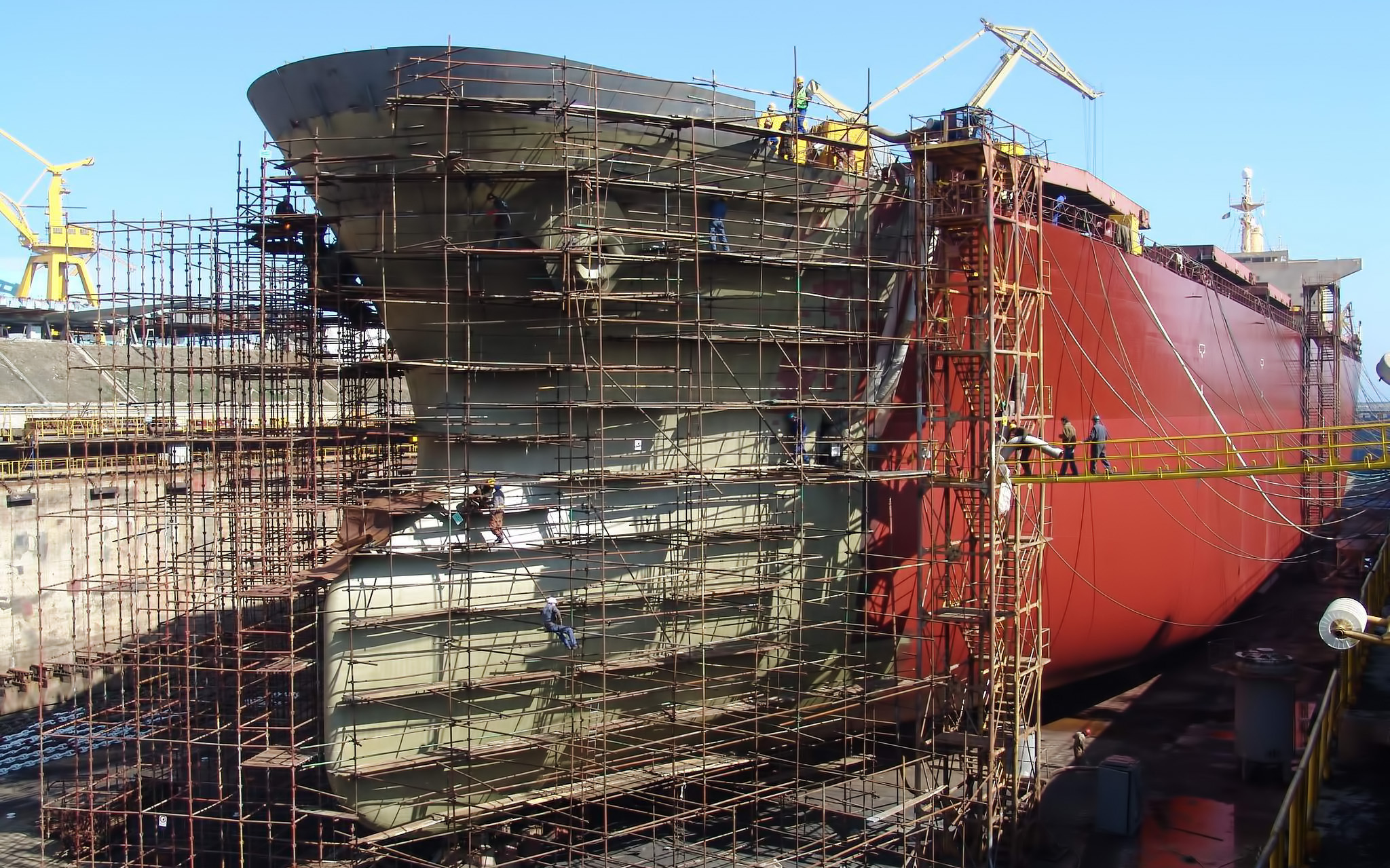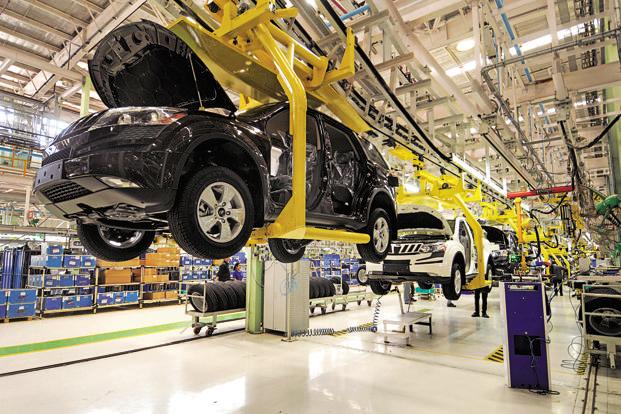Welding is a craft that is heavily relied upon for construction and engineering. Many people are not aware of the fact that welding is used in the making of buildings, cars, electronics, and ships. There are also a variety of welding methods used between each industry. It’s advantageous to be certified in welding because it is a craft that is highly sought after by many industries. Developing the necessary skill sets requires a well-rounded education that includes hands-on training. You should also be aware of potential hazards of doing this kind of work. Because of that, it’s recommended to attend osha 10 online training to keep yourself safe.
If you want to learn more about the history of welding and how it’s done today, the experts at Lincoln Electric can answer any inquiries. The following lists 5 of the most common fields that welding is typically applied in.
Shipbuilding
This industry spans both the private and public sectors, from cruise lines to naval ships. Welding for this industry provides plenty of opportunities to become familiar with the ins and outs of large ships. For shipbuilding, several types of solid-state welding methods can be used, such as explosion welding and friction stir welding.
Explosion welding (EXW) is used to join together different material like fusing steel and corrosion resistant alloys together. Friction stir welding (FSW) utilizes a rotating non-consumable tool to fuse two pieces together without melting the material. Other welding methods used for shipbuilding include electroslag, laser-hybrid, and electrogas welding. Electroslag welding (ESW) is used to quickly join thicker steel workpieces together while in the vertical/upright position.
Aerospace Industry
Aerospace components require precision welding methods and use arc, resistance, and solid-state welding to get the job done. This industry relies on science, electronics, and engineering which is why the welding tools used are specific. Gas tungsten arc welding (GTAW), for instance, utilizes a slow non-consumable electrode for high quality, precise welds.
Resistance spot welding and resistance seam welding are also used in this industry. Friction welding, friction stir welding, hot pressure welding, and hot isostatic pressure welding are solid-state methods used for developing aerospace components.
Construction
The construction industry spans both the private and public sectors and includes the vastness that is public infrastructure. This means there is plenty of opportunity for putting your welding skills to use. Arc welding methods are used in the construction industry and include flux cored arc welding, gas tungsten arc welding, and shielded metal arc welding.
Many of the welding methods used in construction are often used outdoors and for maintenance. Shielded-metal arc welding(SMAW), for example, is a versatile welding technique that currently dominates in popularity. It utilizes a consumable electrode that is covered with flux to create the weld. Aside from the maintenance and repair industries, shielded-metal arc welding is commonly used for industrial fabrication and in the building of heavy steel structures.
Automobile Industry
The automobile industry includes the manufacture of new vehicles as well as the maintenance of used ones. Many folks don’t realize this includes both the public and private sector. This can be attributed in part to the growth of public transportation. It’s advantageous to be skilled in the craft of welding when you plan on working in the automobile industry.
Some welding methods used in this field are resistance spot welding, electromagnetic pulse welding, friction stir welding, laser beam welding, and laser-hybrid welding.
Railroads
The railroad industries we have today rely on powerful welding processes to construct and maintain it. Pressure gas welding (PGW) is used in a limited capacity for railroads. It requires gas flames heats the surface with enough pressure to produce the weld. Railways and railway rolling stocks often utilize friction welding (FRW) and friction stir welding (FSW). Thermite welding also referred to as exothermic welding, is commonly used for railway tracks. The exothermic weld delivers a durable strength, higher than the average weld. This type of weld also has superior corrosion resistance.
If you are interested in learning more about welding and the industries that utilize it, don’t hesitate to ask the knowledgeable associates at Lincoln Electric. Developing welding skills does not have to be an impossible task just because it’s a highly sought after craft by many industries. Learning to weld is an involved and physical process that can lead to excellent opportunities spanning the automobile, transportation, construction, aerospace, and engineering communities.















